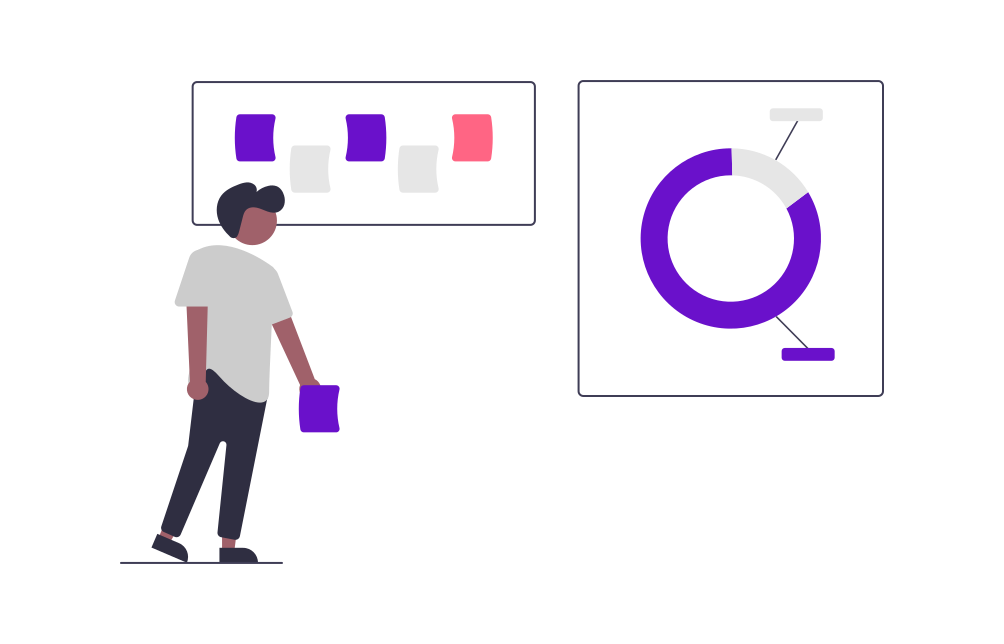In the evolving landscape of digital marketing, personalization has emerged as a cornerstone strategy for engaging customers and driving conversions. With the advent of AI technologies like ChatGPT, businesses can now deliver hyper-personalized experiences at scale. However, the implementation of such advanced AI tools requires a thorough cost-benefit analysis to ensure a positive return on investment (ROI).
Understanding the Costs Involved
Implementing ChatGPT in personalized marketing entails several costs, both direct and indirect, that businesses must consider:
-
Development and Integration Costs:
The initial costs of deploying ChatGPT include expenses related to development, customization, and integration with existing marketing systems. These costs vary depending on the complexity of the systems, the need for API integrations, and any custom features required to tailor the AI to specific business needs.
-
Operational Costs:
Ongoing operational costs include cloud computing expenses, data storage, and processing power needed to run the AI effectively. These costs can fluctuate based on the volume of interactions the AI handles and the level of sophistication required for different campaigns.
-
Training and Maintenance:
AI systems like ChatGPT require continuous training to improve accuracy and relevance. This includes costs for data labeling, algorithm updates, and regular maintenance to keep the system aligned with changing marketing goals and consumer behaviors.
-
Licensing and Subscription Fees:
Depending on the provider, businesses may face recurring licensing or subscription fees to access ChatGPT's capabilities. These fees can scale with usage, adding another layer of cost that must be factored into the overall analysis.
-
Human Resources:
While AI can automate many tasks, human oversight is still necessary to monitor performance, refine strategies, and ensure that the AI aligns with broader marketing objectives. This includes the cost of hiring or training staff to manage AI-driven marketing initiatives.
Evaluating the Benefits
The potential benefits of implementing ChatGPT in personalized marketing are substantial, often outweighing the associated costs:
-
Enhanced Customer Engagement:
ChatGPT's ability to deliver personalized content in real time can significantly boost customer engagement. By responding to customer inquiries, providing product recommendations, and personalizing communication, businesses can create a more interactive and satisfying customer experience, leading to higher conversion rates.
-
Scalability:
One of the most significant advantages of using AI in marketing is its scalability. ChatGPT can handle a vast number of interactions simultaneously without a decline in performance, enabling businesses to reach a larger audience without proportionately increasing costs.
-
Data-Driven Insights:
ChatGPT can analyze vast amounts of data from customer interactions, providing valuable insights into consumer preferences and behavior. This data can inform marketing strategies, helping businesses to tailor their offerings more precisely and improve targeting, ultimately enhancing ROI.
-
Cost Efficiency in Operations:
By automating repetitive and time-consuming tasks, ChatGPT reduces the need for extensive human resources in certain areas of marketing. This can result in significant cost savings over time, especially for businesses that manage large-scale customer interactions.
-
Increased Conversion Rates:
Personalized marketing powered by AI has been shown to increase conversion rates by delivering relevant content at the right time. The ability to adapt and respond to customer needs in real time enhances the likelihood of successful sales, improving overall revenue.
-
Competitive Advantage:
Early adopters of ChatGPT in personalized marketing can gain a competitive edge by offering superior customer experiences. This can lead to increased brand loyalty and market share as customers gravitate towards brands that meet their expectations for personalized engagement.
Balancing Costs and Benefits
To determine whether the benefits of implementing ChatGPT outweigh the costs, businesses must conduct a detailed cost-benefit analysis that considers both short-term and long-term impacts. Key considerations include:
-
ROI Calculation:
Businesses should calculate the ROI by comparing the total costs of implementing ChatGPT with the expected financial benefits, such as increased sales, reduced operational costs, and improved customer retention. A positive ROI indicates that the benefits exceed the costs, justifying the investment.
-
Break-Even Analysis:
Conducting a break-even analysis helps businesses understand how long it will take to recoup the initial investment. This analysis is crucial for planning purposes and for setting realistic expectations regarding the timeline for realizing financial benefits.
-
Risk Assessment:
It's important to assess the potential risks associated with implementing ChatGPT, such as technological challenges, customer acceptance, and potential disruptions during the integration phase. Mitigating these risks can help ensure a smoother implementation process and enhance the likelihood of achieving the desired benefits.
-
Long-Term Strategic Value:
Beyond immediate financial returns, businesses should consider the long-term strategic value of adopting AI-driven personalized marketing. This includes the potential for sustained competitive advantage, improved customer relationships, and the ability to adapt to future market changes with greater agility.
Conclusion
The economics of implementing ChatGPT in personalized marketing are complex, involving a careful consideration of costs and benefits. While the initial investment may be significant, the potential for enhanced customer engagement, scalability, and cost efficiency can deliver substantial long-term value. Businesses that approach the implementation with a thorough cost-benefit analysis and a clear understanding of the potential risks and rewards are likely to find that the benefits of ChatGPT far outweigh the costs, making it a worthwhile investment in the pursuit of personalized, AI-driven marketing.


